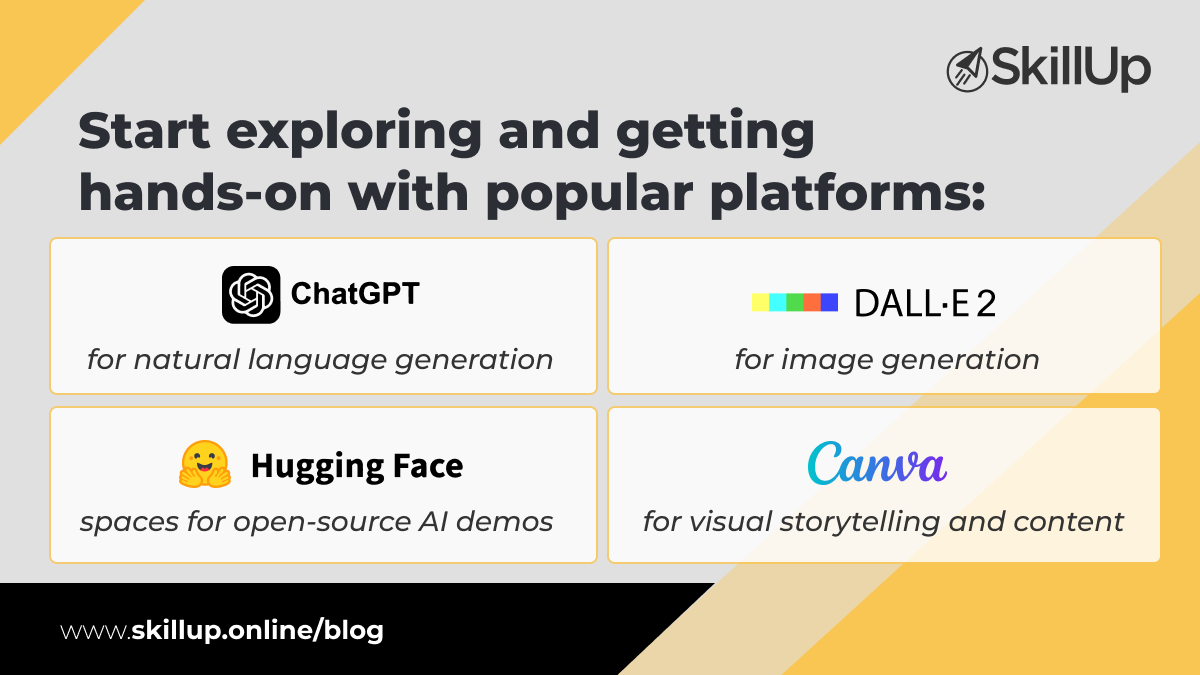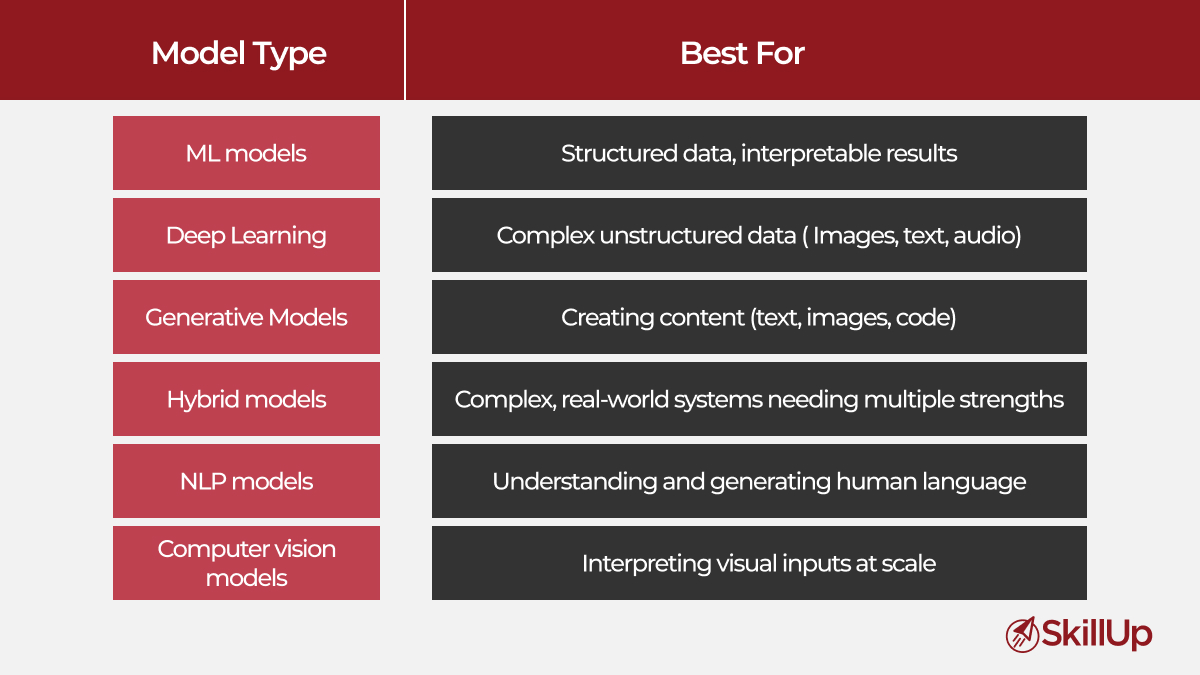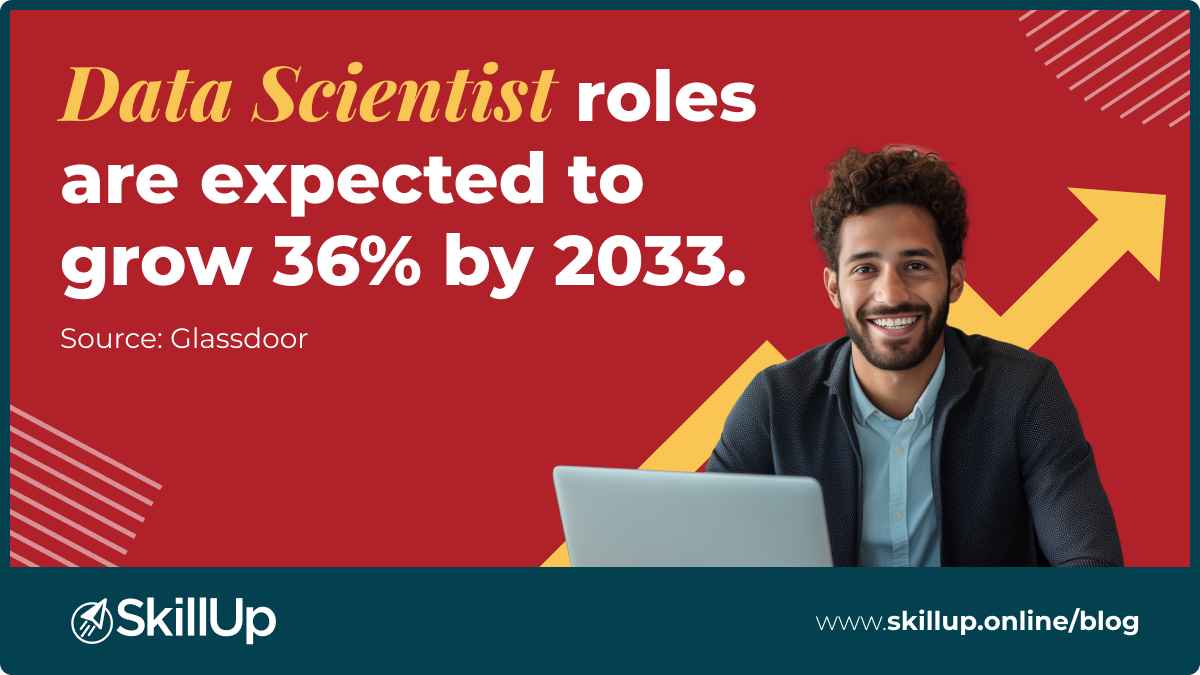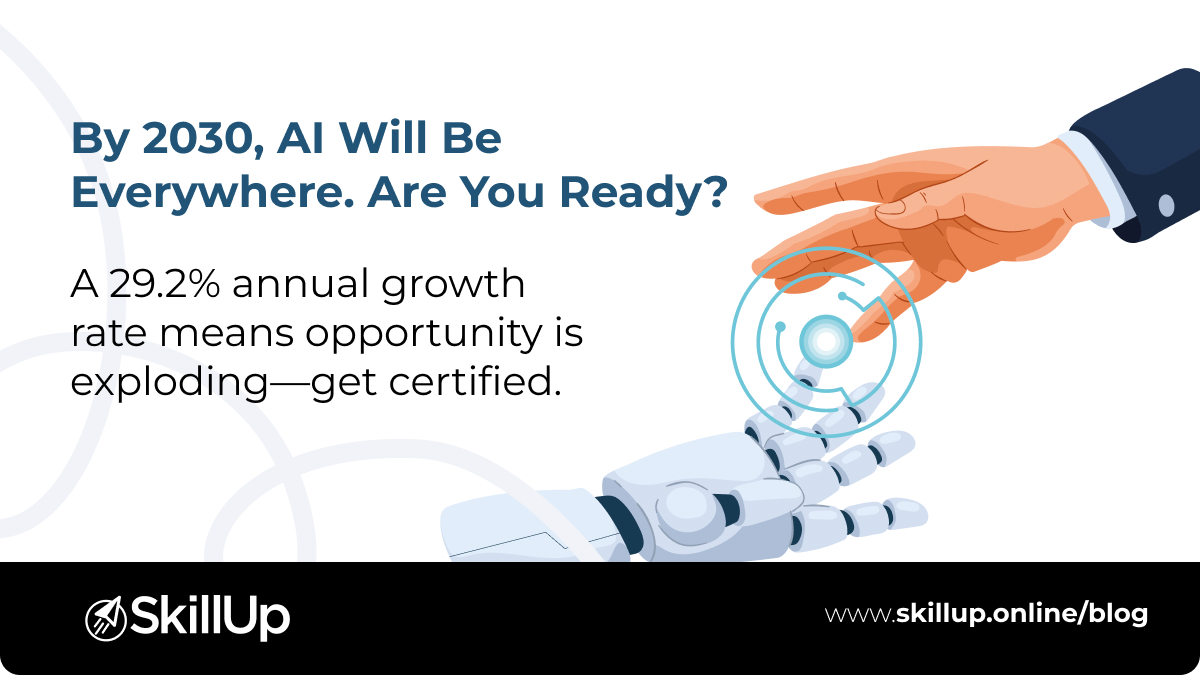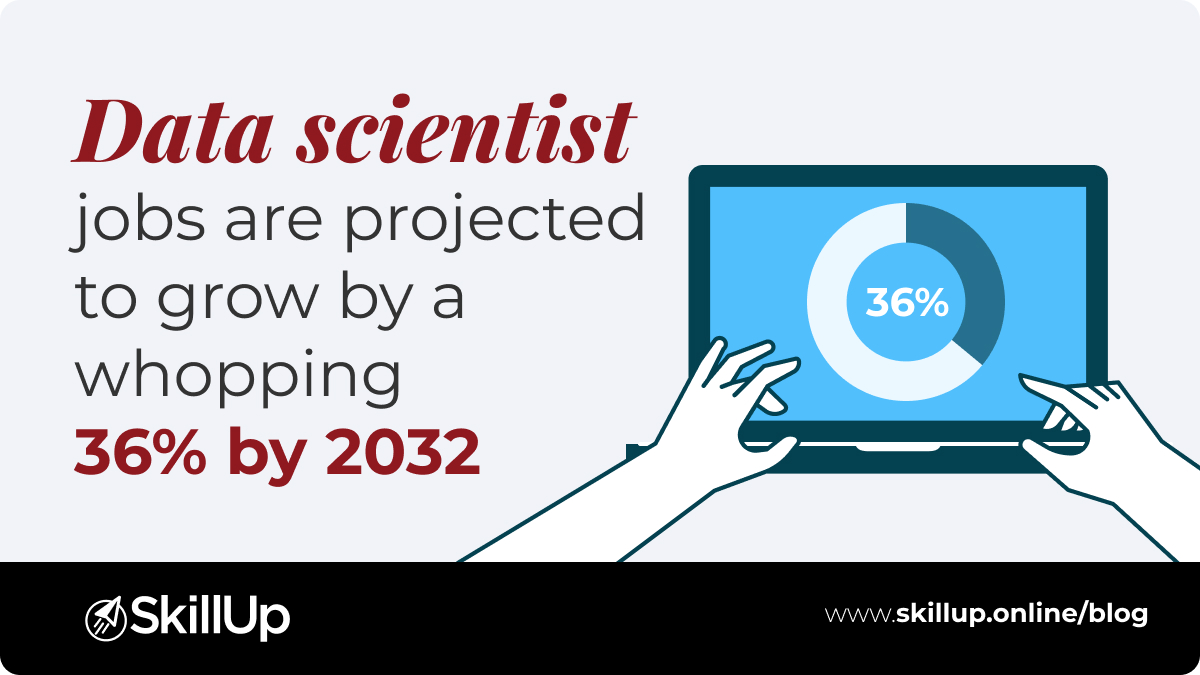Job postings requiring generative AI skills have grown by 170% year-over-year a clear sign that this field isn’t just booming; it’s hiring. That demand is coming from all directions: tech teams, marketing departments, startups, and enterprise innovation units. Generative AI is no longer optional. It’s fast becoming one of the most valuable skillsets you can bring to the table.
But here’s the thing this isn’t just about learning to use tools like ChatGPT or DALL·E. It’s about understanding how they work and learning how to build your own versions. Or integrating AI features into real-world applications. Whether you want to create an AI-powered product or automate part of a business process, a structured generative AI learning path can help. It can guide you from beginner to builder—with clarity and direction.
What Is Generative AI and Why It Matters
At its core, generative AI is a type of artificial intelligence that creates new content text, images, code, or even music by learning from existing data. Traditional AI predicts outcomes, like recommending a movie. Generative AI, by contrast, builds something entirely new from scratch based on your input.
But for learners on a generative AI learning path, the goal isn’t just to understand what these tools can do—it’s to learn how they do it. That means going beyond prompt writing and diving into how models like GPT or Stable Diffusion are built, trained, and fine-tuned. It’s about understanding the architecture behind the interface.
Let’s break that down:
- It creates, not just predicts: And you can learn how to create your own AI-based tools—like content generators, image models, or conversational assistants.
- You don’t need to be an engineer to begin: Most learning paths today are beginner-friendly and guide you through AI logic, coding basics, and hands-on model training.
- It’s a gateway to building, not just using: Your early experiments with tools like OpenAI’s Playground or Hugging Face aren’t the end they’re how you start learning to build your own versions.
Still think this is only for seasoned coders? It’s not. With the right structure, even non-technical learners can begin creating small-scale generative apps, integrating APIs, or contributing to AI-powered projects.
That’s why a well-designed generative AI learning path includes more than just tool usage. It helps you understand underlying models, write effective prompts, and eventually code or customize AI features in real applications.
Foundational Skills You Need to Start Your AI Journey
You don’t need an advanced technical background to begin with generative AI—but you do need to understand a few core concepts. Here’s what to focus on as a beginner:
1. AI & machine learning basics
Learn how AI models are built, trained, and evaluated. Key concepts include:
- Supervised vs. unsupervised learning
- Neural networks and how they mimic brain activity
- Model performance and evaluation
- Common real-world AI use cases
For structured learning, SkillUp’s TechMaster Certificate Program in AI & ML Engineering is a great choice. This course is designed for software engineers, developers, and data professionals looking to integrate AI/ML into applications and build intelligent systems.
2. Prompt engineering
Prompt engineering is the art of giving AI clear, effective instructions. For example:
- “Write a professional email apologizing for a delayed shipment.”
- “Generate a five-step workout plan for beginners.”
Good prompts = better output. It’s a crucial skill for anyone working with generative tools.
3. Responsible and ethical AI use
Learn the importance of fairness, avoiding bias, and using AI responsibly. As these tools become more mainstream, ethical understanding is becoming just as important as technical know-how.
4. Tool Familiarity
Start exploring and getting hands-on with popular platforms:
- ChatGPT for natural language generation
- DALL·E for image generation
- Hugging Face spaces for open-source AI demos
- Canva AI for visual storytelling and content
These tools let you experiment freely and see real-time output from generative models, helping you build intuition through play.
Beginner-Friendly Learning Path: A Practical Step-by-Step Roadmap
Now that you understand what generative AI is and the foundational skills you need, the next step is building your learning journey—without overwhelm. Here’s a simple, structured path to help you go from curious to capable:
Step 1: Understand AI and data basics
Begin by exploring core AI/ML concepts: what data means in an AI context, how models learn, and how to evaluate performance.
If you’re looking for a structured guide, the from SkillUp is ideal for professionals with a technical foundation. It offers hands-on training in supervised and unsupervised learning, deep learning models, and model tuning—geared toward those ready to build and apply AI in real-world projects.
Step 2: Learn about generative models
Start diving into the mechanics of how large language models (LLMs) like GPT and image-generation models like DALL·E or Stable Diffusion work.
OpenAI’s documentation is a solid starting point for understanding how these models are trained and deployed.
Step 3: Practice prompt engineering
Begin experimenting with prompts in tools like ChatGPT, Hugging Face Spaces, or Canva Magic Write. Try different instructions and see how they affect the output. It’s part science, part creativity.
Step 4: Explore generative tools and APIs
Familiarize yourself with AI playgrounds and low-code tools. Whether it’s OpenAI’s API, Notion’s AI assistant, or DALL·E 3 in Bing, use these tools regularly to build your confidence.
Step 5: Apply what you learn in mini projects
Start building: generate an FAQ bot, write an AI-generated newsletter, or create a visual story using image AI. These small wins become great portfolio pieces and learning accelerators.
These small wins become great portfolio pieces and learning accelerators. They also help build credibility if you’re pursuing a generative AI learning path certificate or planning to showcase your skills to employers.
Real-World Value: Career Relevance Across Roles and Industries
Generative AI isn’t just a tech trend; it’s rapidly becoming a must-have skill across job roles and industries. Here’s where it’s making a real difference:
- Marketing and content roles
AI tools are helping content marketers scale campaign creation, personalize messaging, and repurpose content formats more efficiently. - Prompt engineers
As companies invest in AI tools, specialists who can craft precise prompts to get accurate, useful results are becoming key players. - AI content reviewers and curators
Brands need professionals who understand how to evaluate, fine-tune, and curate AI-generated outputs for quality and alignment with brand voice. - Product and innovation managers
Modern product teams are embedding generative AI into features and workflows, demanding a mix of UX insight and AI understanding.
The demand is clear: across roles, hiring managers now expect familiarity with AI concepts, tools, and practical applications. Whether you’re aiming to enhance your current role or step into a new one, building applied generative AI skills is a future-proof investment.
A structured generative AI learning path can help professionals not just understand these tools but actually integrate and build with them across real-world business scenarios.
The Best Time to Start Is Now
Generative AI is no longer just emerging it’s actively reshaping how industries operate, from marketing and design to product innovation and customer experience. The skills you build today can open doors in roles that didn’t even exist a few years ago.
You don’t need to be a data scientist or developer to get started. With the right mindset and learning approach, anyone can gain practical, job-ready skills in this space.
A great place to begin is by enrolling in a generative AI course or a broader AI program that includes a dedicated generative AI module, like SkillUp’s TechMaster Certificate Program in AI & ML Engineering. It’s designed for professionals with a background in software development, engineering, or data and combines core AI/ML concepts with hands-on practice in Python, model building, and applied generative AI use cases.
In a field evolving this quickly, waiting means falling behind. Start today, and position yourself to thrive in the AI-powered world of tomorrow.
SkillUp Online

